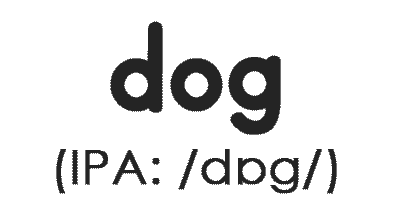Teaching a dyslexic child to read is a challenging but rewarding task. If you are a teacher or tutor with struggling readers, you might have wondered at some point: is there a quick & easy solution to ‘fix’ dyslexia?
The short answer is “yes”, and we call it “sound blending”.
Introducing “sound blending”
Sound blending is a technique that’s taught in pre-schools and special needs institutions like the Dyslexia Association of Singapore. It is an effective technique that has given all of my students a 20-30% boost in their reading accuracy and fluency (measured using a Swords & Stationery variation of DIBELS).
How it works is simple: you take a word and go from left-to-right, letter-by-letter, sound-to-sound, finally putting it all together.
As an example, consider the word below:
Let’s break it up into the individual letters so it looks like this:
Have your child read the sound of the first letter (/d/), then the second (/ɒ/). Putting both together should produce /dɒ/, a pronunciation similar to ‘doll’ without the /l/ sound caused by the pressing of the tongue against the teeth.
Next, get your child to mentally hold on to this /dɒ/ (if they can’t, use physical manipulatives like blocks or even stationery). Then, get your child to sound off the third /g/.
Now, put all together, and they should get /dɒg/ in one smooth reading.
Repeat this process for other longer words. Make this a habit for your child. In the long run, they will be able to read words with 3, 4 or even 5 consonants.
Read This Next: Strategies For Teachers With Dyslexic Students
Limitations of sound blending
Blending sounds is a great tool that tutors and teachers can use to help younger/weaker students. However, there are a few limitations that come with it. With polysyllabic words, you will need to use blending in conjunction with other strategies. Furthermore, longer words with Greek and Latin strings will demand greater morphemic awareness from the learner.
Many of the techniques that we use at Swords & Stationery are developed in-house and built off research by notable academics like Dr Joanne Carlisle. They are designed to help our learners develop to a point where dyslexia no longer poses anymore significant learning challenges. If you’ve found this technique of word blending helpful, follow us on Facebook and Instagram to stay up-to-date on more exciting tips, solutions and strategies.


